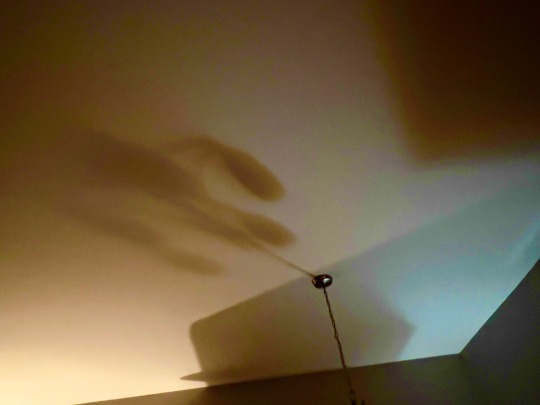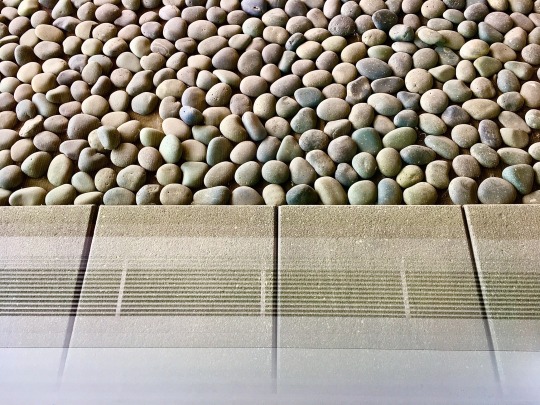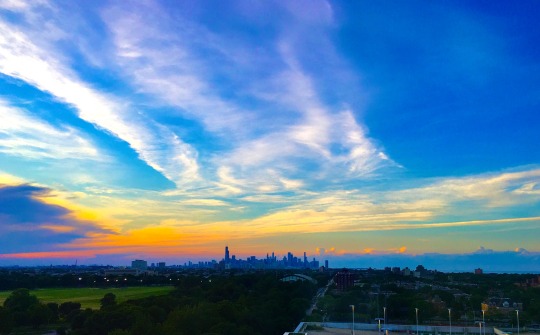Ways of seeing the world, conceptually and literally, and working to improve it through proper framing of information and experience
Don't wanna be here? Send us removal request.
Text

A congress of shadows
0 notes
Video
youtube
De Minimis
0 notes
Audio
(Deyfid Greyfir)
4 notes
·
View notes
Audio
(Deyfid Greyfir)
0 notes
Text

Glass, stones, concrete
#imiging#architectural photography#abstract photography#stones#chicago#original photography on tumblr#minimalism
5 notes
·
View notes
Text



The sky over Chicago
#chicago#urban photography#sunset#sunrise#visual poetry#original work#original photography on tumblr
2 notes
·
View notes
Photo



Scenes from the South Loop, Chicago
0 notes
Text
Remedies for the Problem of Confederate Monuments.
The following statute stands prominently on the campus of the University of North Carolina at Chapel Hill.

It has a certain charm. The simple youthful features are seductive and the pose echoes elements of warrior monuments from the Archaic Greek period forward. Granted, he is facing north, but he seems less a rebel filled with aggression and hate than an honor guard of his homeland, at ease and comfortable in his familiar surroundings. He has been christened by custom “Silent Sam” because he is a kind of everyman and remarkably silent, neither speaking or communicating any clear intention by his gestures. The elevated glance and relaxed stance bespeak self assurance and an occupation with higher ideals. He is not striding into battle so much as sauntering into the promise of his own future. It seems a fitting memorial for the idealistic naiveté of the college undergraduates who were swept into the mad slaughter on an ineluctable wave of lies they never managed to face or understand. The statue stands in welcome contrast to the more typical memorials to the generals and politicians who drove the South to destruction for the sake of their self-interested allegiance to slavery. Silent Sam’s abstracted upward gaze and confident jaw embody a bitter sweet confidence in the orders of his elders. He will do what he has been told is right because those with experience of the world and power over it should know what is right. In such a way, since the dawn of time, the energy and enthusiasm of youth has been fed to the flames of battle for the benefit of criminal rulers. Here stands the innocent sacrificial victim, unaware of the demonic cause for which his blood will be spilled.
Unfortunately, this approach to the monument is sharply under cut by its insidious placard, which reads as follows:

Most remarkable in this mealy-mouthed mumble of patriotic clichés is the unusual absence of proper nouns. The statue has no name as one would expect for an idol extolling the sacrifice of the young but neither does “the war of 1861-65,” the “country” that called the young men, the “great commander” who extolled duty, and the very nature of the “duty” he extolled.
On one level these are dark and damning words. Anonymous sons have perished in a nameless war for a nameless country that clings to an undefined duty and a unidentified commander. Of course, everyone knows the war of 1861-65 was the Civil War when citizens faced off against citizens and states that had been united peacefully for almost a century tore at each other with fire and sword. So why not call it by its name? Because acknowledging the fratricidal carnage will under cut the dreamy preoccupations of the young soldier? Because any attempt to describe in any concrete terms what the war was about will inevitably put in question the undefined duty that fueled the fighting?
And what exactly is this duty? We arguably have a duty not to mistreat fellow human beings, and a duty not to be brutes, murderers, or rapists, yet many southern states withdrew from the United States so that they could pursue the continuing degradation and exploitation of their brethren. Knowing that the “great commander” who thought “duty” the sublimest English word was Robert E. Lee does not help clarify the nature of the duty in question here because Lee spoke of this sublime duty in a letter to his son who was studying at West Point while Lee himself was pursuing a well rewarded career in the U.S. military, well before the Civil War. The duty was, therefore, the duty that citizens owe to their country, but that was a duty Lee betrayed when he turned his back on his country in its hour of need and joined its enemies in their insurrection.
On another level the placard is the craven shibboleth of a cold-hearted conspiracy, the invisible empire of the South dedicated to the continuing oppression of African Americans by any means possible. The placard need not be rational, coherent, or historically accurate; it need only call the faithful together and exclude all others. The less it communicates to the world, the more comfortable the conspirators feel in their indefensible and largely unacknowledged prejudices. They can cynically appropriate the banners of “country” and “duty” to their struggle against the core principles of the constitution and human decency by simply refusing to give much thought to what “country” and “duty” mean.
The plaque, I think, either reads too little or too much into what the statue tells us. Either Silent Sam is left clinging to completely meaningless slogans or he is part of an oppressive conspiracy. Neither reading credits the scholarly detachment of his gaze, his decorous trust in the appropriateness of taking up arms, or the oblivion into which he walks with such heart-wrenching cluelessness. The statue would be better without the plaque, although the plaque is certainly worth study in its own right for the breathtaking way it embodies some of the core crimes of our history.
There is talk of removing Silent Sam from the campus. It was erected in 1916 in celebration of the triumph of Jim Crow. One can understand the desire to erase the blighted oppression it represents, but I am not sure this is the best response. What the South needs are memorials that acknowledge the crimes of its past, not more empty spaces. The words on the plaque are already empty. Removing the statue would only deepen the silence and allow the prejudice to fester in an airless world where it is never called out by name. I would advocate leaving the statue as an indictment of the Confederate insurrection and the terror of Jim Crow but making the indictment speak its name more clearly with a more pointed placard. Here are some suggestions:

It was a rich man’s war,
But a poor man’s fight.
The enslaving class escaped the gore,
But all must bear the moral blight.
Answering the call to duty
is often just an excuse for moral cowardice.
It is easier to face death from an invading army
than to face the moral crimes of one’s own community.
Woe betide the watchman,
blind to the wrongs behind him
and the redress that has not yet arrived.
#confederate statute#memorializing racism#silent sam#university of north carolina chapel hill#aesthetics and politics#resisting racism
1 note
·
View note












